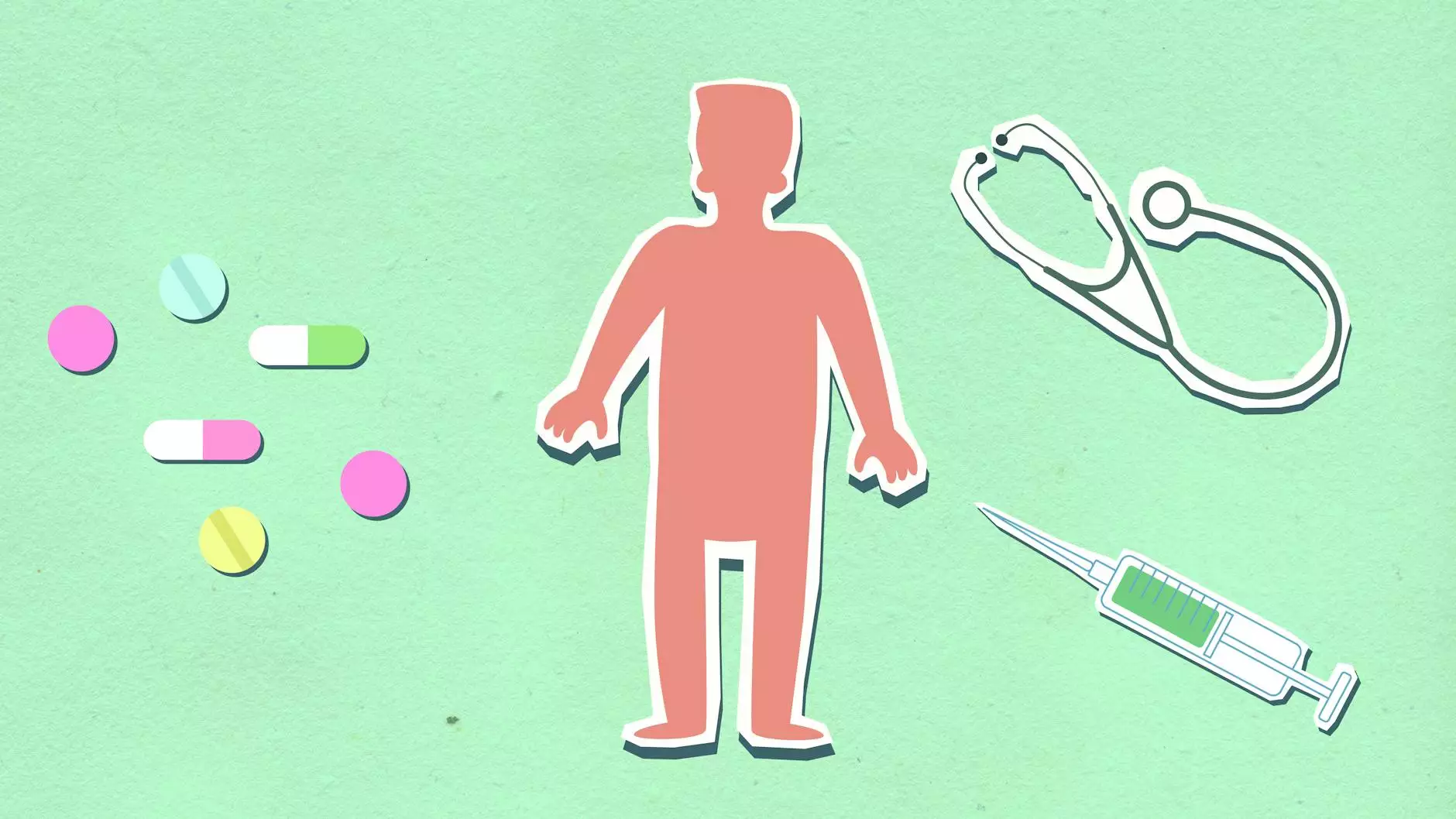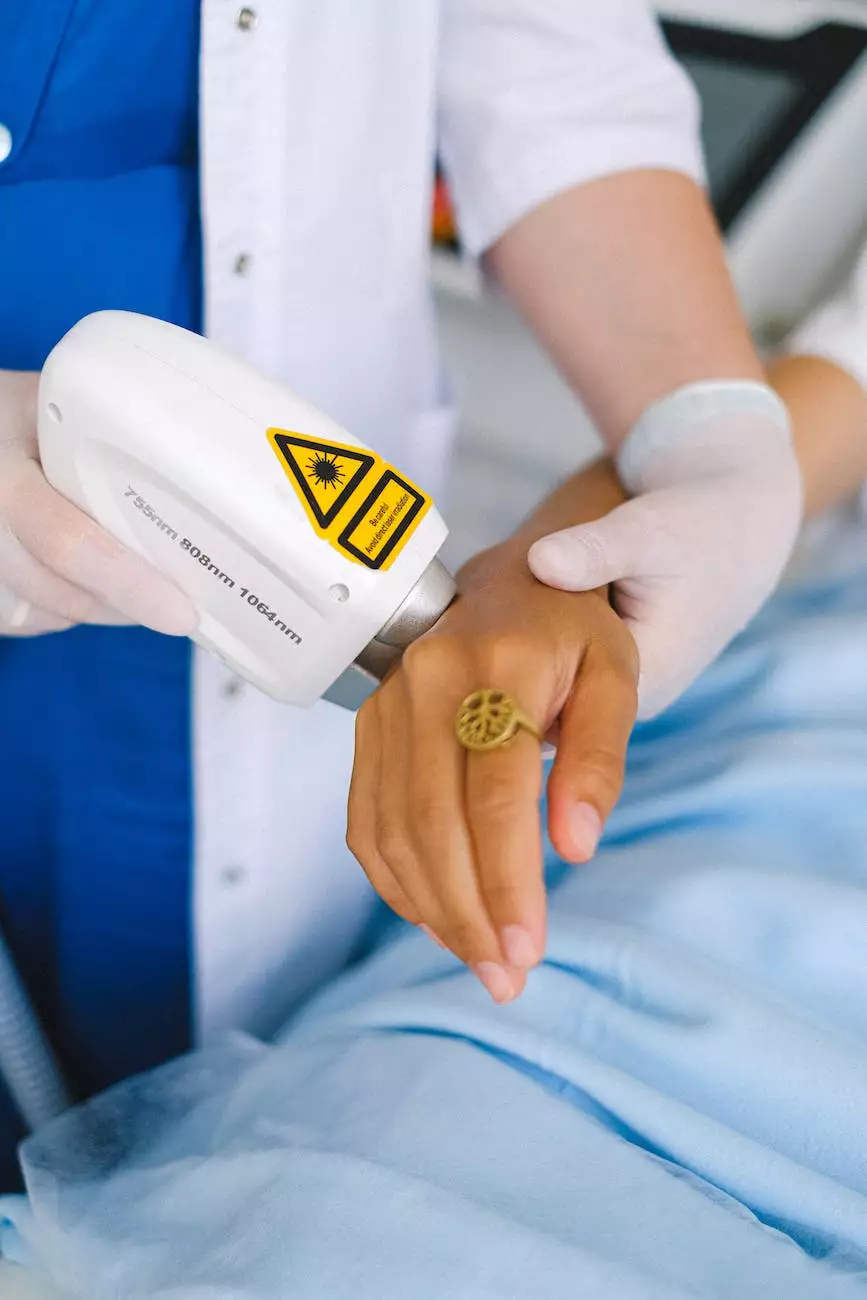7 Ways to Interpret a Positive Straight Leg Raise Test

Welcome to the Phoenix Medical Services blog! In this article, we will dive into the topic of interpreting a positive Straight Leg Raise (SLR) test and provide you with seven informative ways to comprehend its results. The Straight Leg Raise test is commonly used in the medical field to assess potential nerve root compression or irritation in the lower back.
1. Understanding the Basics of the Straight Leg Raise Test
The Straight Leg Raise test, also known as the Lasègue test, is a simple and non-invasive diagnostic maneuver used to evaluate several conditions, including disc herniation, sciatica, and lumbar radiculopathy. During the test, the patient lies on their back while a healthcare professional raises one leg at a time, aiming to reproduce pain or discomfort.
2. Evaluating the Angle of Pain Onset
One way to interpret a positive SLR test is by measuring the angle at which pain or discomfort occurs in the leg. A lower angle of pain onset may indicate nerve root involvement, such as disc herniation, while a higher angle might suggest muscle tightness or other non-neurological factors.
3. Identifying Patterns of Radiation
Another crucial aspect of interpreting a positive SLR test is observing the pattern of radiation. Pain radiating down the leg in a specific dermatomal distribution can provide valuable information about the affected nerve root. Healthcare professionals carefully assess these patterns to narrow down the potential sources of the patient's symptoms.
4. Assessing Contralateral Leg Response
The response of the contralateral leg during the Straight Leg Raise test can also aid in interpretation. If raising one leg elicits pain or discomfort in the opposite leg, it might suggest a central nervous system involvement, such as a disc bulge or spinal stenosis. This observation can help healthcare professionals differentiate between different underlying conditions.
5. Considering the Aggravating and Relieving Factors
When interpreting a positive SLR test, healthcare professionals also consider the factors that aggravate or relieve the patient's symptoms. Certain movements or positions may exacerbate pain, while others might alleviate it. Understanding these factors can help in formulating an accurate diagnosis and designing an effective treatment plan.
6. Assessing Neurological Examination Findings
Interpreting a positive SLR test goes hand in hand with an overall neurological examination. By evaluating the patient's reflexes, sensation, and muscle strength, healthcare professionals gain a comprehensive understanding of the potential underlying causes contributing to the positive SLR test. It aids in ruling out or confirming specific neurological conditions.
7. Collaborating with Diagnostic Imaging
While the Straight Leg Raise test provides essential diagnostic information, corroborating the findings with diagnostic imaging can further validate the interpretation. Techniques such as magnetic resonance imaging (MRI) or computed tomography (CT) scans can reveal structural anomalies or lesions, assisting in accurate diagnosis and treatment planning.
Remember, interpreting a positive Straight Leg Raise test requires extensive knowledge and expertise. If you experience any symptoms or have concerns, it is crucial to consult with a qualified healthcare professional, such as those at Phoenix Medical Services, who can provide a comprehensive evaluation and guide you towards the appropriate treatment options.
Thank you for joining us in this comprehensive discussion about interpreting a positive Straight Leg Raise (SLR) test. We hope that this article has shed light on the various aspects to consider while evaluating the test results. Stay tuned to our blog for more informative content related to healthcare and medical services.










